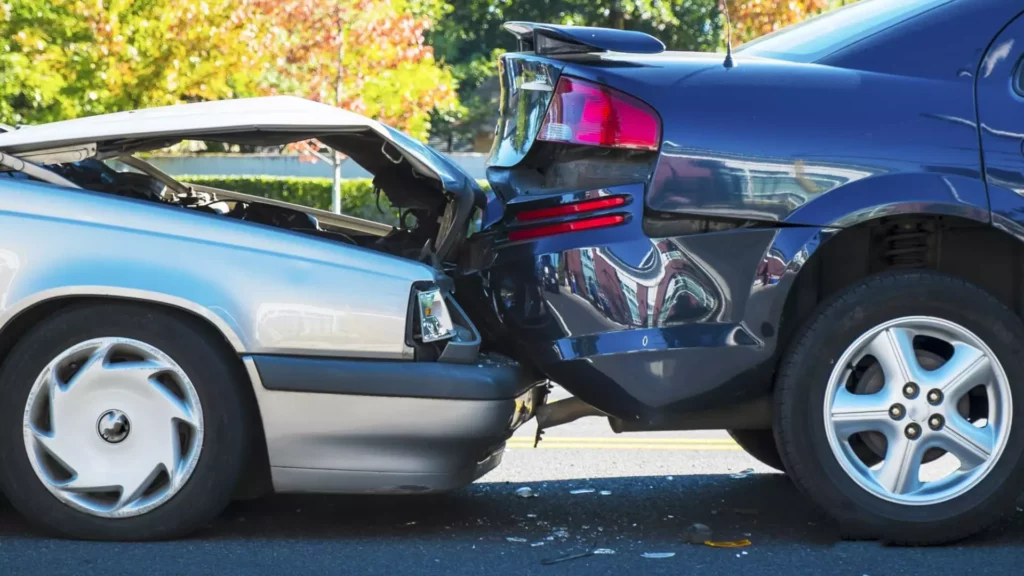![]()
The costs of auto insurance in the United States have been steadily increasing, contributing to the overall rise in inflation. According to recent data released, car insurance prices as part of the consumer price index have experienced a significant monthly increase of 2.7% and a year-over-year increase of 22.2%. One of the main reasons behind this surge in auto insurance costs can be attributed to the higher costs associated with repairing vehicles. The combination of supply chain shortages, mechanic wage increases, and the incorporation of advanced technologies in modern vehicles has resulted in higher repair costs, subsequently affecting insurance premiums.
Modern vehicles are equipped with a plethora of advanced technologies such as microprocessors, cameras, and sensors that are essential for various safety features. In the event of a minor collision, damages to these intricate components can significantly escalate repair costs. For instance, a simple fender bender can lead to damages to cameras, proximity sensors, and other essential technologies, making the repair process both complex and expensive. The incorporation of advanced technologies in vehicles has, therefore, exacerbated the overall costs associated with both vehicle repairs and insurance premiums.
The rising costs of auto insurance have had a notable impact on consumer satisfaction levels. Companies have been forced to increase premiums to cover the escalating costs of repairs, leading to a decline in customer satisfaction. Reports suggest that auto insurers lost an average of 12 cents on every dollar of premium collected in 2022, marking the worst performance in over two decades. The dissatisfaction among customers has prompted insurers to explore alternatives such as usage-based insurance (UBI) programs to tailor policies based on driver behavior and reduce premiums.
Usage-based insurance programs have gained popularity among consumers as a means of managing escalating insurance costs. These programs utilize telematics data to track driver behavior and offer customized pricing based on individual driving habits. Customers participating in UBI programs have reported higher levels of price satisfaction compared to non-participants. As costs continue to rise, insurers are expected to expand their UBI offerings and provide discounts to safer drivers. Companies such as Geico, Progressive, State Farm, and Liberty Mutual have been ranked above average in terms of customer satisfaction with their UBI programs.
With the continuous increase in auto insurance costs, the industry faces challenges in maintaining customer satisfaction levels. The overall impact of rising repair costs, advanced vehicle technologies, and inflation on insurance premiums underscores the need for insurers to adapt to changing market dynamics. As the landscape of auto insurance evolves, companies will need to innovate their offerings, implement cost-effective solutions, and prioritize customer-centric policies to mitigate the financial burden on vehicle owners.
The rising cost of auto insurance in the US is a multifaceted issue driven by various factors including repair costs, advanced vehicle technologies, and inflation. As insurers strive to navigate these challenges, the implementation of usage-based insurance programs and tailored pricing strategies can help mitigate the financial strain on consumers. By adopting innovative approaches and prioritizing customer satisfaction, the auto insurance industry can adapt to the changing market dynamics and provide sustainable solutions for vehicle owners in the US.

Leave a Reply